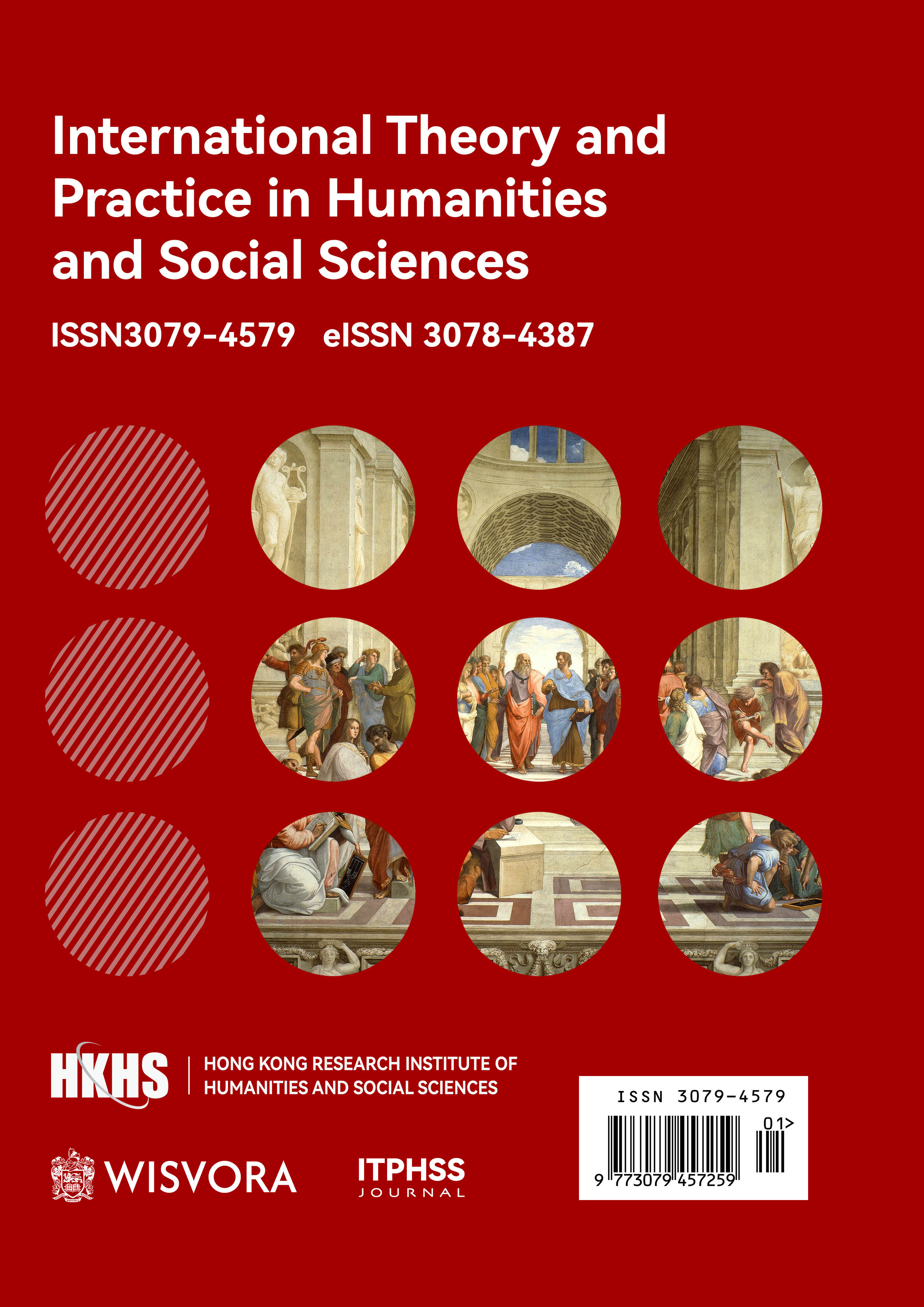Abstract
This study investigates the portrayal of Chinese culture in children's reality television, specifically analyzing seven episodes of the "New Year 2020" program aired on CCTV. Employing qualitative research methods, including textual analysis and comparative studies, the research examines how cultural values are communicated through innovative production techniques and format design. The analysis focuses on the first seven episodes, highlighting shifts in thematic elements, guest selection, and game design compared to other reality shows. The findings reveal that "New Year 2020" integrates traditional cultural aspects with modern entertainment formats, utilizing idioms, food games, and kung fu experiences to engage young audiences. This approach not only serves as a vehicle for cultural education but also reflects broader trends in the Chinese television landscape, where authenticity and relatability are increasingly prioritized over celebrity appearances. This study emphasizes the dual role of reality TV as both an educational tool and a medium for promoting cultural heritage and fostering national pride among children. Additionally, it discusses the implications of these findings for television producers and marketers in adapting content to meet evolving audience preferences while maintaining cultural integrity. By bridging theoretical concepts with practical applications, this research contributes to the discourse on media representation and its impact on societal values. Ultimately, it offers insights into the dynamics of cultural transmission in an increasingly globalized media environment, positioning reality television as a significant force in shaping contemporary Chinese identity and cultural engagement among younger generations.
References
Berg, D. (2011). A New Spectacle in China’s Mediasphere: A Cultural Reading of a Web-Based Reality Show from Shanghai. The China Quarterly, 205, 133–151. https://doi.org/10.1017/s0305741010001438
Carley, K. (1994). Extracting culture through textual analysis. Poetics, 22(4), 291-312. https://doi.org/10.1016/0304-422X(94)90011-6
Chan, K., & Chan, F. (2010). Children’s Television programs in China: A Discourse of Success and Modernity. In Hong Kong University Press eBooks (pp. 113–128). https://doi.org/10.5790/hongkong/9789622099128.003.0007
Cyberspace Administration of China (n.d.). <2019 zhongguo wangluo shitong fazhan yanjiu baogao> fabu 2018 nian zhongguo wangluo shitong hangye chengxian 12 da tedian ji qushi. [The 2019 China Network Audiovisual Development Research Report was released. In 2018, China’s network audio-visual industry showed 12 charachteristics and trends.] Retrieved from http://www.cac.gov.cn/2019-05/28/c_1124552171.htm?from=groupmessage
Dong, W. (2023). Managing compassion: The affective dynamics of rural representation in the Chinese reality TV show X-Change. Television & New Media, 25(1), 41–56. https://doi.org/10.1177/15274764231162915
Fan, X. (2022). Portrayal of Foreign Cultures in Chinese TV Program: A Case Study of Informal Talks. Bangkok University, Bangkok, Thailand.
Fan, X., & Komolsevin, R. (2024). Exploring cultural representation: a case study of foreign cultures in the Chinese television program “Informal Talks”. BU Academic Review. 23(2), 60-79.
Fiske, J. (2010). Television culture. Routledge.https://doi.org/10.4324/9780203837153
Frey, L., Botan, C., & Kreps, G. (1999). Investigating communication: An introduction to research methods. (2nd ed.) Boston: Allyn & Bacon.
Li, B. (2018). Dad, where are we going?: A study of a reality television show in the Chinese media market (Master's thesis, Middle Tennessee State University).
Lin, Z., Lee, C., & Kaur, S. (2024). The socialization of nationalist and socialist values: Construction of the model youth in a Chinese reality TV show. China Information. https://doi.org/10.1177/0920203x241241370
Napoli, P. M. (2011). Audience evolution: New technologies and the transformation of media audiences. New York: Columbia University Press.
NerdySeal. (2021, October 9). What are reality TV shows? Retrieved from https://nerdyseal.com/what-are-reality-tv-shows/
New Year (n.d.). CCTV. Retrieved December 25, 2024, from https://tv.cctv.com/special/2020gnl/index.shtml
Ouellette, L. (2010). Reality TV gives back: On the civic functions of reality entertainment. Journal of Popular Film and Television. 38(2), 66-71. doi:10.1080/01956051.2010.483347.
Ryoo, W. (2009). Globalization, or the logic of cultural hybridization: The case of the Korean wave. Asian journal of communication, 19(2), 137-151.
Tavallaei, M., & Talib, M. A. (2010). A general perspective on role of theory in qualitative research. Journal of International Social Research, 3(11), 570-577. https://web.p.ebscohost.com/ehost/pdfviewer/pdfviewer?vid=0&sid=873b8780-5f38-4413-ac33-3ca577bf4b22%40redis
The Cover. (2020, January 18). yangshi sha'er pindao tuichu chunjie zhongbang xilie jiemu (guonian la) [CCTV Children's Channel launches the Spring Festival blockbuster series “New Year”] Retrieved from https://www.thecover.cn/news/3406708
Xu, B. B. (2014). Trial analysis of the innovative value of the Spring Festival special programme “Happy New Year”. TV Research. 2014(07), 71-73. doi:CNKI:SUN:DSYI.0.2014-07-035.
Zhang, X. Y., & Du, L. (2020). Shao'er dianshi jiemu chuancheng chuantong wenhua de tansuo shijian — yi Yangshi chunjie tebie jiemu “Guonian la” weili [Exploration and practice of children's TV programmes in passing on traditional culture - An example of CCTV Spring Festival special programme “New Year”] Media. 2020(21), 38-40.
Zhu, Y., & Berry, C. (Eds.). (2009). TV China. Indiana University Press.
Болбаков, Р. Г., Sinitsyn, A. V., & Tsvetkov, V. Y. (2020). Methods of comparative analysis.
Journal of Physics, 1679(5), 052047. https://doi.org/10.1088/1742-6596/1679/5/052047

This work is licensed under a Creative Commons Attribution-NonCommercial 4.0 International License.
Copyright (c) 2025 Xin Fan (Author); Salas Supalakwatchana (Co-Authors)

